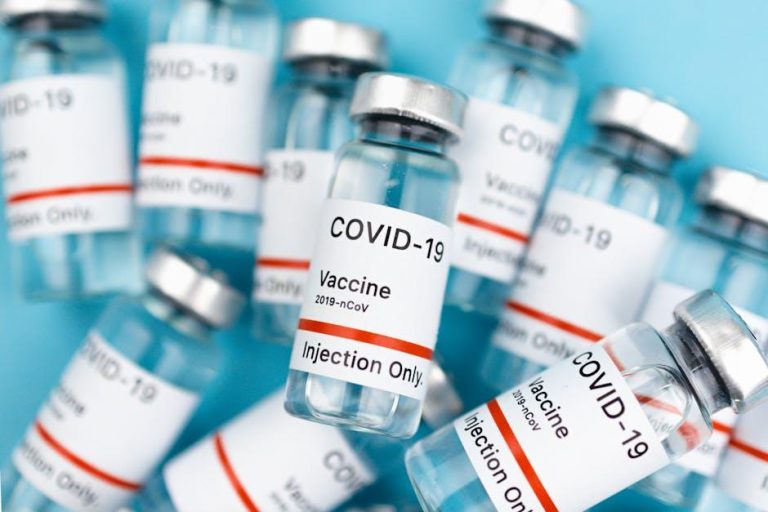FDA and RFK Jr. Aim to Remove Ingestible Fluoride Products Used to Protect Kids’ Teeth – The Denver Post
Recent developments have stirred up an important debate around the use of fluoride products intended to protect children’s dental health. The U.S. Food and Drug Administration (FDA), joined by environmental attorney and activist Robert F. Kennedy Jr. (often referred to as RFK Jr.), is pushing for the removal of ingestible fluoride products designed for pediatric dental care. This article explores the nuances of this movement, the controversy surrounding fluoride, and what it means for concerned parents and health professionals alike.
Understanding the FDA’s Stance on Ingestible Fluoride Products
The FDA regulates the safety and efficacy of dental products, including those containing fluoride. Fluoride, a mineral credited with reducing tooth decay, has been a staple in oral health programs for decades. However, concerns about the safety of ingestible fluoride products, such as fluoride supplements and tablets, have prompted the FDA to review their approval status, especially when intended for children.
According to recent reports featured by The Denver Post, the FDA is considering restrictive actions to pull these products from the market, citing:
- Potential risks of fluoride overexposure in children, leading to dental fluorosis.
- Lack of conclusive evidence supporting the benefits of ingestible fluoride compared to topical fluoride treatments.
- Concerns raised by public health advocates emphasizing safer alternative measures.
RFK Jr.’s Role and Fluoride Controversy
Robert F. Kennedy Jr. has long been an outspoken critic of various government policies he perceives as endangering public health. His involvement in this issue springs from concerns over fluoride’s potential toxicity and long-term effects on children’s developing bodies. Kennedy argues that ingestible fluoride products carry unnecessary risks, especially when alternative, safer dental hygiene practices are available.
While many dentists support the moderate use of fluoride, both topically and ingestibly, the controversy hinges on the balance between benefits and risks. RFK Jr.’s advocacy has amplified the debate, contributing to increased public scrutiny and calls for transparency in regulatory oversight.
What Are Ingestible Fluoride Products?
Ingestible fluoride products usually come in the form of dietary supplements, tablets, drops, and fortified foods designed to increase fluoride intake internally. These products are typically prescribed or recommended for children in areas where water fluoridation is not available or insufficient.
| Product Type | Description | Typical Use |
|---|---|---|
| Fluoride Tablets | Oral tablets with measured doses of fluoride. | Prevention of cavities in non-fluoridated water areas. |
| Fluoride Drops | Liquid fluoride supplements taken in precise drops. | Small children needing fluoride supplementation. |
| Fluoride-Enriched Foods | Foods and beverages fortified with fluoride traces. | Indirect fluoride intake via diet. |
Benefits of Fluoride and Its Alternatives
Why Fluoride Has Been Popular
Fluoride’s cavity-preventing properties have led to widespread use in toothpaste, mouth rinses, and water fluoridation programs. It strengthens tooth enamel and reduces acid attack from bacteria.
Alternatives and Safer Approaches
With increasing concerns about ingestible fluoride, many dental experts suggest:
- Focusing on topical fluoride treatments like toothpaste and varnishes applied professionally.
- Improving oral hygiene practices including regular brushing and flossing.
- Balanced nutrition and limiting sugary foods and drinks.
- Using fluoride-free dental products where appropriate, especially for very young children.
Practical Tips for Parents and Caregivers
Whether ingestible fluoride supplements remain available or get phased out, here are some useful practices to maintain your child’s dental health safely:
- Consult Your Pediatric Dentist: Before giving any fluoride supplements, get professional advice.
- Use Fluoride Toothpaste Carefully: Use a pea-sized amount for children over two, and supervise brushing to avoid swallowing.
- Monitor Fluoride Intake: Be aware of all sources of fluoride including water, toothpaste, and food.
- Focus on Diet: Encourage foods rich in calcium and vitamin D to enhance natural dental resilience.
- Regular Dental Checkups: Early and frequent dental visits help catch problems before they worsen.
Case Study: Impact of Water Fluoridation Bans
Several municipalities have banned or reduced water fluoridation due to public pressure and health concerns. Studies from these areas reveal mixed results:
- Some see a slight rise in childhood cavities unaided by fluoride supplements.
- Others report improved safety perceptions but note the importance of maintaining alternative dental health measures.
The FDA’s reconsideration of ingestible fluoride also highlights the need for clear, consistent public health guidelines that balance benefits with safety.
Conclusion: The Future of Fluoride Use in Children’s Dental Care
The FDA’s push, supported by RFK Jr., to remove ingestible fluoride products puts a spotlight on an ongoing debate about protecting children’s teeth safely and effectively. While fluoride remains a valuable tool in dental health, shifting attitudes and research are encouraging more prudence in how it is administered, especially to young children.
Parents and healthcare providers should stay informed about regulatory changes and new scientific findings, prioritizing safe, evidence-based dental care practices. By fostering awareness and openness, families can navigate fluoride’s benefits and risks wisely to ensure healthier smiles for generations to come.
Stay updated with the latest health news from trusted sources like The Denver Post.


